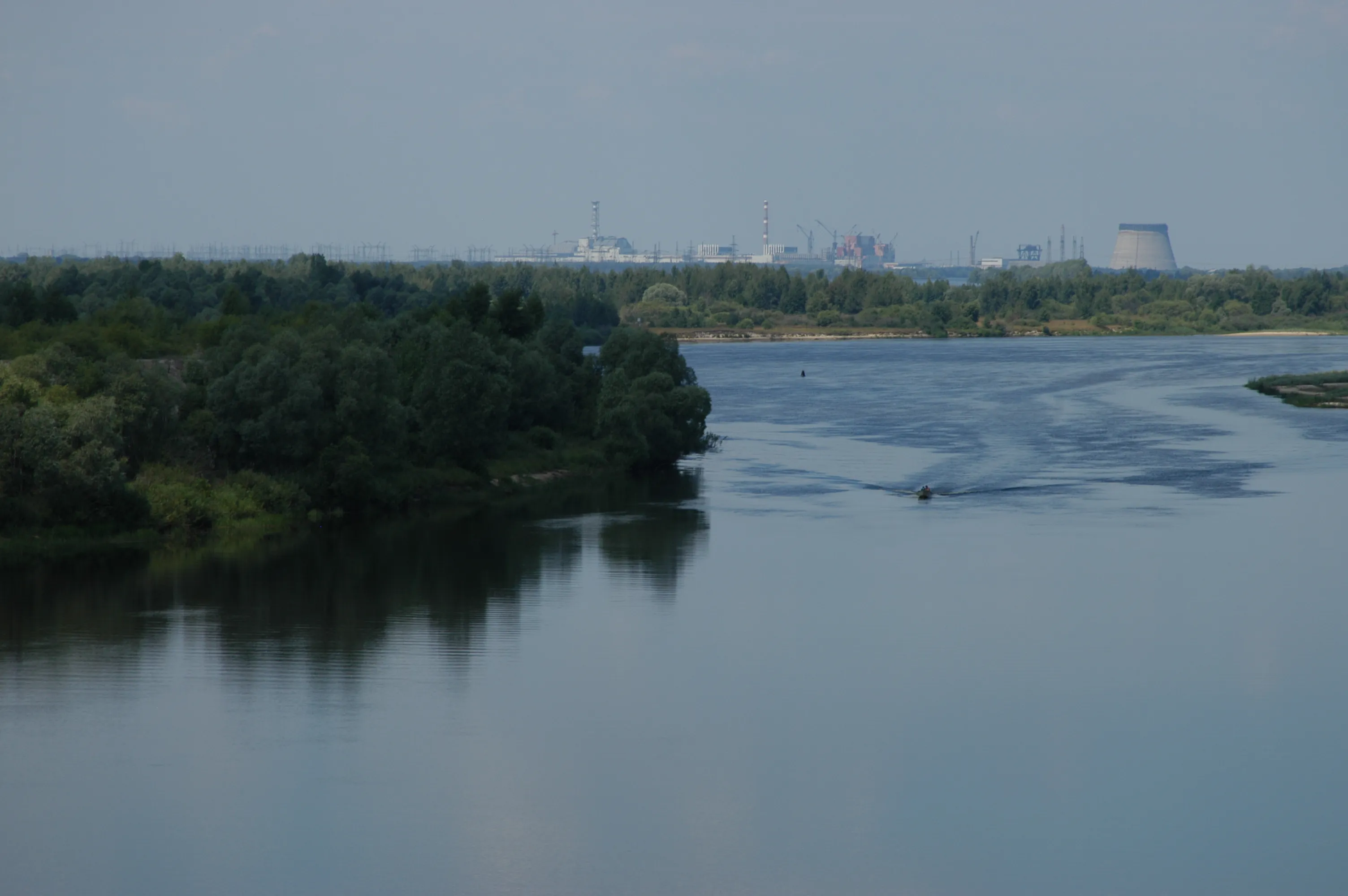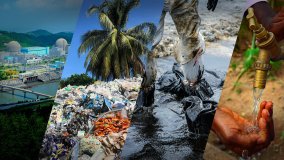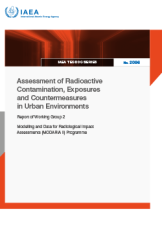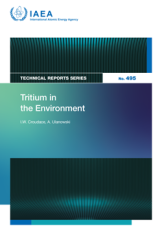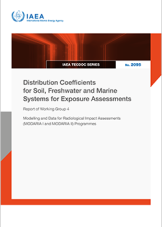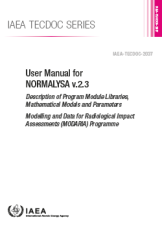Protecting people and the environment if contamination has occurred
People might be exposed to increased levels of radiation if a radioactive release or an accident results in contamination of the environment. In such situations, remedial actions may need to be applied to mitigate radiological consequences, including restricting access to certain areas, cleaning up soils and surfaces and finding alternatives for agricultural production. These efforts might need to be made to reduce the radiation to dose levels that are as low as reasonably achievable, taking into account social, and economic and environmental factors.
The IAEA Safety Standards define criteria and procedures to ensure the public and the environment is protected during the normal operation of facilities. They also cover accidents and the remediation of areas affected by accidents or contaminated as a result of past unregulated practices. The Agency also disseminates practical guidance on the implementation of these Standards, and, when Member States request it, organizes international assistance to support remediation activities.
Remediation of contaminated areas requires the involvement of all relevant authorities and a constructive dialogue with the population. Large nuclear accidents, such as those that occurred in Chernobyl and Fukushima, could require the involvement of several countries, as well as that of their national governments and of international organizations.
